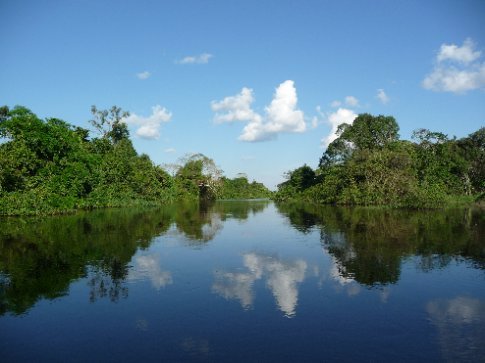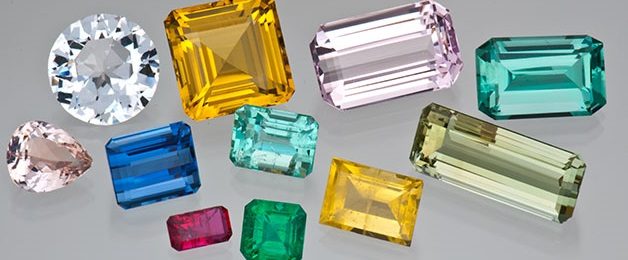Ametrine, also known as Bolivianite, is a naturally occurring variety of quartz that clearly displays two different colour zones: purple and yellow. It became commercially available in the late 80’s but did not reach its success immediately. It became popular in the 90’s after years of gemological research were done to understand that this gem was indeed naturally formed. Only in the last decade did this gem start to be seen in jewellery collections around the world. Among the famous women who wore Ametrine jewellery are; Queen Sofia of Spain, Empress Michiko of Japan and Hollywood actress Salma Hayek.

Ametrine
A fusion of two treasures: Amethyst and Citrine
What causes the rare effect of two different colours neatly divided within the same gem is the unique fusion of Amethyst and Citrine. Amethyst and Citrine are part of the quartz family. In order for Amertrine to form, a rare, complex geological phenomenon must occur, involving particular levels of iron, oxidation, temperature and more. The gemstones are mined commercially in Bolivia and the most important mine, the Anahi, is located in the heart of the jungle, in the Province of Santa Cruz, about 220 km from the town of Puerto Suárez. The Anahí mine is the one and only commercial Ametrine mine known to exist anywhere on Earth.

Bolivian Jungle
The many myths and legends…
Inquiring into this fascinating work of nature I found that the gemstone in its raw state was known for centuries by the Ayoreo Indians. There is an interesting legend that caught me by surprise because there are several differing variations. In one account, the very beautiful Princess Anahí of the Ayoreo tribe, attracted the attention of a soldier in a band of Spanish conquerors, named Don Felipe de Urriola y Goitia. Don Felipe fell in love with Anahí and took her for his wife. When the Ayoreo chief learned that Don Felipe planned to return to Spain with his daughter, he decided to kill the Spaniard. Anahi learned of the plot and helped her consort to escape, paying for her bravery with her own life. She died in the arms of her husband, but before dying gave him a stone of rare beauty with of two different colours, a Ametrine, representing her heart divided between her husband and her people. Don Felipe returned to Spain and carried the mineral to the end of his days.
The second version tells that Princess Anahí, had beautiful violet eyes with strong flashes of yellow. One day while walking through the jungle, Anahí came across alarmed subjects who told her that horsemen with white skin, wearing costumes of metal and with guns spitting fire had reached the town, and that Anahí must hide from them. Instead of hiding, Anahí ran to her village to tell her father, the chief of the tribe. While the princess was narrating the news the conquerors arrived on horseback began destroying the village. Anahí ‘s father managed to escape with his entourage but the princess was mortally wounded. She died in the arms of her father. From that day Anahi’s father carried an Ametrine with him, symbolizing that the love for his people was as strong as his love for his beautiful and brave daughter.

Bolivian Jungle
Ametrine today
Rodolfo Meyer, a major exporter in Bolivia, said that the most important markets for Ametrine today are the US, France, Germany and some countries in Asia. The export of Bolivian gemstones has doubled in the last two years.
According to the Institute of Foreign Trade in 2012, sales totalled 49.2 million dollars, while in March this year sales reached 95.2 million. Ametrine is now considered an symbol of Bolivia and since 2009 only cut gemstones can be exported from Bolivia. By law, it is now forbidden to take raw material out of the country.
Discover our collection of gorgeous Ametrine jewellery at Rocks & Co. >






